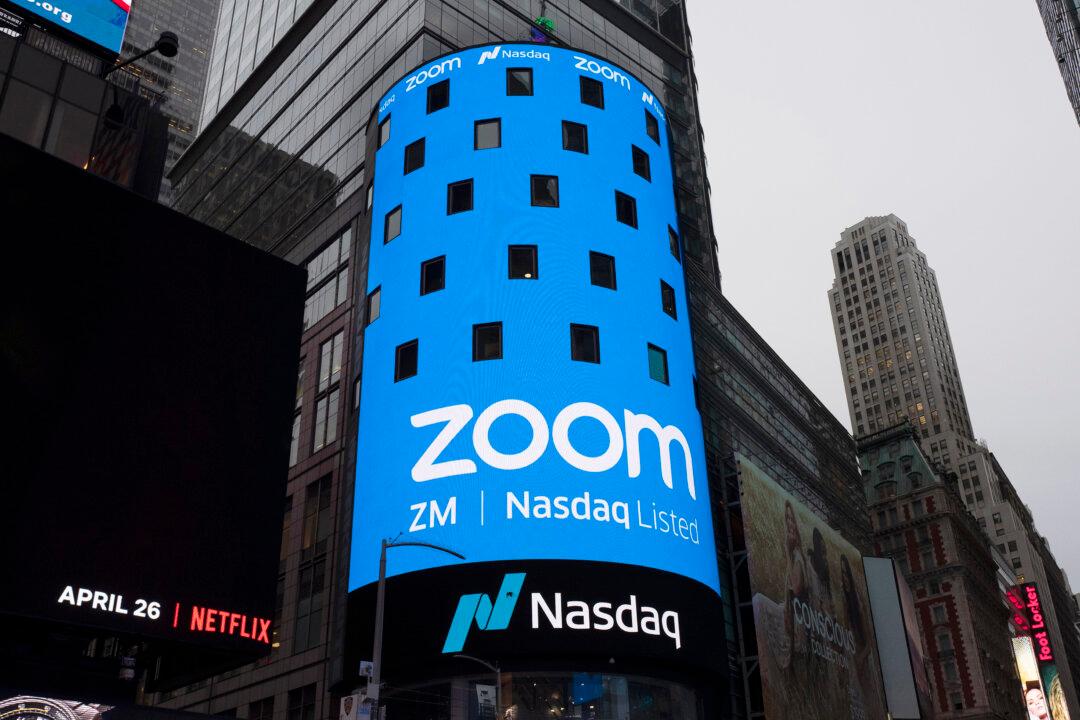Commentary
Initial public offerings (IPOs) are going great guns this fall, smashing records as investors see incredible gains and anticipate more to come.

Initial public offerings (IPOs) are going great guns this fall, smashing records as investors see incredible gains and anticipate more to come.